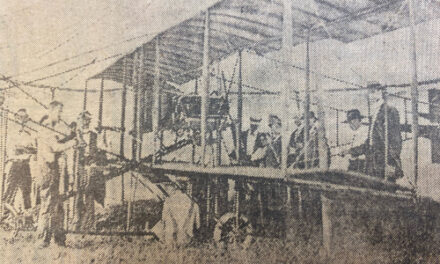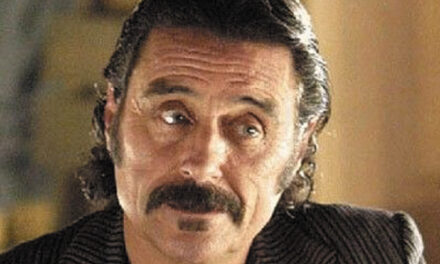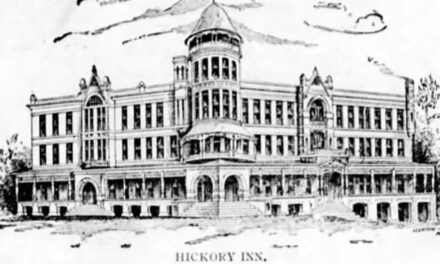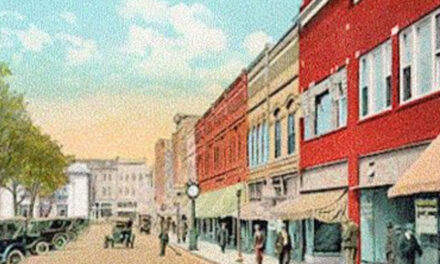
Eighty years ago, everybody lived by Blue Laws. Sunday afternoons were not times for business. After church, folks spent the rest of the day, while not lazily, at least leisurely doing not a lot. Visiting relatives was a dutiful task that passed the time in that era. When an art museum opened its doors to a wide world of imagery on a Sunday afternoon in Hickory, it may have caused some raised eyebrows. It was certainly an interesting alternative to family overdose. What was likely at first was a curiosity, then a fascination for those who ventured out on a Sunday stroll.
This year marks the 80th anniversary of the Hickory Museum of Art. To celebrate, HMA has produced a short documentary on the museum, its origin, value and legacy. As Joann McKinney Wilfong so ably put it in A Foundation of Memories: 80 Years in the Making, “for a town this size to have a museum like this is just absolutely breathtaking.”
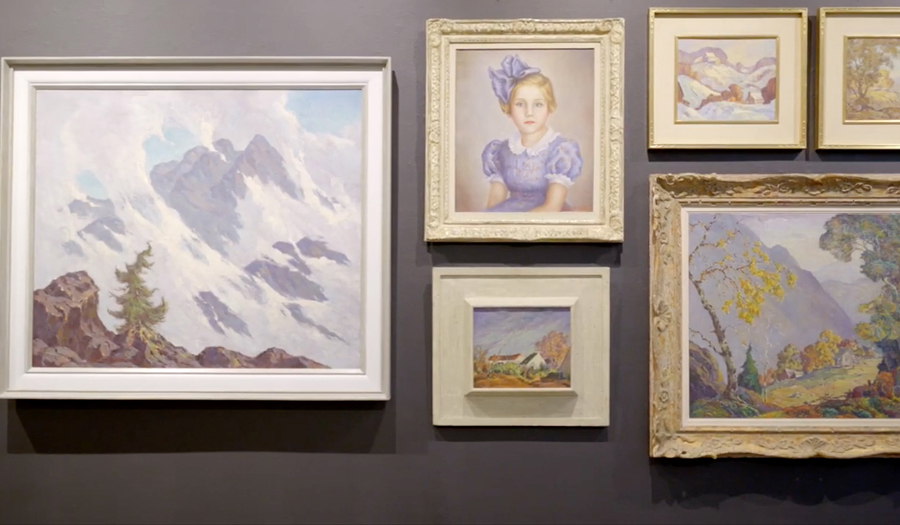
Photo: A still from the documentary, A Foundation of Memories: 80 Years in the Making, showing on YouTube
The YouTube presentation, produced by Calvin Reyes, does an excellent job of explaining the significance of HMA to not only the City of Hickory, but the wider world to which it is connected. Focusing on three establishing persons, the documentary offers a remembrance on the driving forces that got and kept HMA going. From Josephine Bonniwell Lyerly to Mickie Whitener Coe to Laura Lee Baker Wilfong, all are highlighted in this look back at key supporters.
Following HMA’s incorporation in 1944, Museum Director Paul Whitner took a trip to New York in a borrowed Dodge station wagon. He brought home 21 paintings to firmly establish the collection, declaring, “I am going to make Hickory an art center.” And with the help of a lot of women, he succeeded. Women like those at the center of the film, kept the dream alive after before and after Whitener passed. “They were determined to carry on Paul’s work and they did,” recalled Anne Boyer about Josephine Bonniwell Lyerly, which also applied to many more. A tradition had taken root.
The origins of HMA are unconventional. Ellen Schwarzbek pointed out how most museums begin with the collection of one person, but “in Hickory,” she said, “the inspiration came first,” which continues to fuel an ever-expanding reservoir of art. Arguably, the “tremendous asset” of the Hickory Museum of Art has put Hickory on the map. HMA was credited as the reason some large industrial companies chose to locate in Hickory. General Electric Company said so, specifically.
As usual, everything connected to HMA is creatively done. From the prop of a 1954 Dodge to the documentary itself, an artistic appreciation for the past, present and future of HMA is evident. But when you ask a wildly talented group of artists to reveal their own vaunted story, HMA knows how to make excellence look easy.
If you have a dozen minutes, you will be entertained, informed, and perhaps even inspired by this documentary. As Margaret Glaze summed it up, the story comes down to “the people who have grown this museum, the people before us and some of us who are still living.” The easiest way to view is to go to the HMA site. hickoryart.org. Click on the blog, “The Women Behind Hickory Museum of Art.”
It takes the work of many people, some interviewed in Calvin’s doc, some not like museum director Clarrisa Starnes, to keep an important institution like the HMA going. They have done impressive work documenting it. As Ida Wilfong Havelka says, in the closing, “My hope is that the museum will continue to inspire the love of art for generations to come.” And if I may add, a love of history, too.

